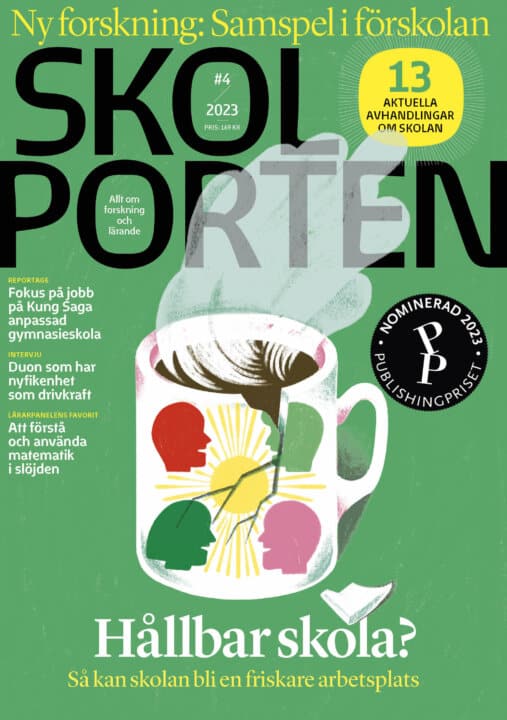Flickblickar: Visuella berättelser om, av och genom gymnasieelevers kroppar
Hur används och fungerar blickar i konstruktioner av femininitet bland några gymnasietjejer och deras omgivning? Det är en av frågorna som Maria Eriksson utforskar i sin avhandling.
Maria Eriksson
Professor Hillevi Gantez, Stockholms universitet Doktor Ketil Thorgersen, Stockholms universitet
Professor Helene Illeris, University of Agder
Stockholms universitet
2019-09-20
Flickblickar: Visuella berättelser om, av och genom gymnasieelevers kroppar
Girl gazes : Visual narratives on, of and through upper-secondary-school students’ bodies
Institutionen för de humanistiska och samhällsvetenskapliga ämnenas didaktik
Girl gazes : Visual narratives on, of and through upper-secondary-school students’ bodies
This thesis investigates enactments of femininities, bodies and images among young women in two art and design classes at urban Swedish upper-secondary schools. The theoretical framework combines visual culture, performativity and new materialism, contributing to art education research and girlhood studies. Based on a nine-month ethnographic field study, including the collection of a) ethnographic field notes, b) photo documentation of the participants’ images created in classrooms and during spare time, and c) photo-elicitation-based interviews, the study explores students’ everyday engagement with images, referred to as visual narratives. These were investigated in relation to norms surrounding the becoming of girls, at a time when the schools in the study were both strongly promoting gender equality and some public debates suggested a postfeminist condition, i.e. that feminism has moved beyond the balance of equality. The thesis suggests that the relationships between visual narratives and bodies revolve around a particular type of gaze: the girl gaze, i.e. practices of looking, a communicative and aesthetic activity, in which the participants see themselves, their bodies and the world around them. Girl gazes consist of other gazes, such as the female gaze, the oppositional gaze, the transgender gaze or the white gaze. Each of these is investigated in three analytical chapters. In the chapter ‘White gazes’, theories of visual culture theory are combined with critical whiteness studies to analyse how certain bodies will not pass as white in a white school space in art teaching. Whilst talk about race in the Swedish antiracist classroom is taboo and silenced, race is indeed visible. For example, a subordinated non-white femininity is a theme in one actual school assignment. Colour-blindness, in a Swedish school context, should thus be understood not as a problem of seeing colour but as a taboo-laden silence when faced with stereotypes. The chapter ‘Screen gazes’ investigates how emotions circulate when visual narratives are produced on screens. Social media is often talked about as a female arena, and the making of selfies as narcissistic. However, allowing images that explore femininity and emotions to flow on social media might be a way to give femininity a place in the limelight. The study also discusses the humorous side of girl gazes, which may work as feminist counter-narratives by ridiculing gender norms. Finally, the chapter ‘Future gazes’ deals with aspirational identities – the embodiment of aesthetic ideals and future gazes. Tattoo culture, fitness culture and feminist statements in the form of art bricolage are studied as examples of work on bodies in relation to aesthetic ideals. These examples also came together in a common desire among the participants to become someone – to become known and recognised. In sum, in this thesis, the media-oriented term girl gaze – hitherto found with a hashtag in front of it, revealing its connection not with a scientific sphere but with social media – is a gaze constructed by gender and generation and other intersectional nexus points of social categories. Despite the commitment to gender equality in the classroom, the results show that equality is rather contested and continuously negotiated. The concept of the girl gaze can help to direct the analytical focus towards what is not yet visible, and to bring paradoxes surrounding girlhood and femininity to the surface.
Relaterade länkar

Biologi
 Åk 7–Vux
Åk 7–Vux Hållbar utveckling i förskolan
 Fsk
Fsk 




